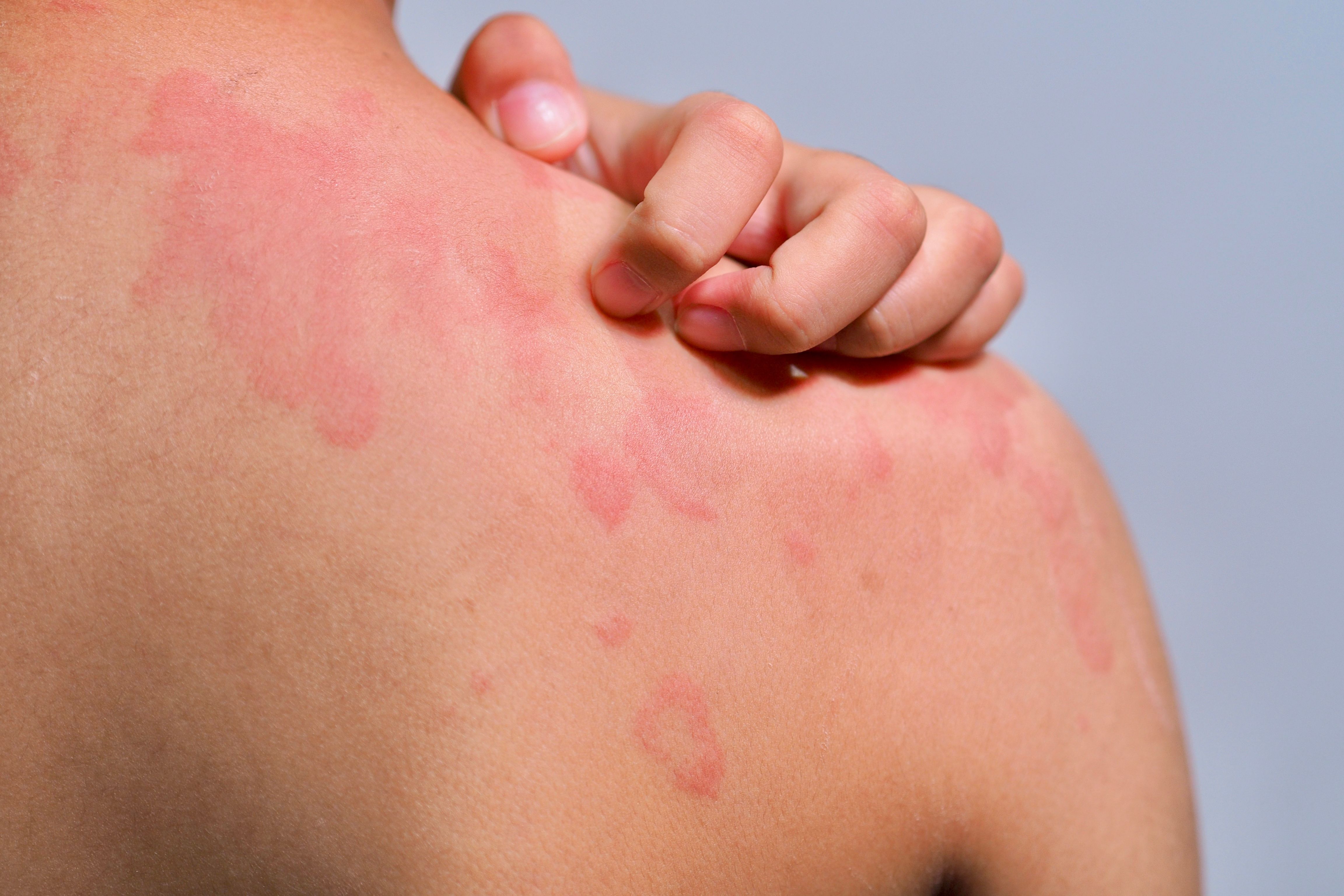Video
The Pathophysiology of Atopic Dermatitis
Elaine Siegfried, MD: There’s tremendous work going on, and a lot of it is driven by investment from pharmaceutical companies in creating better treatments. Prior to very recently we had a handful of treatments that were FDA approved for this. The only systemic treatment that was FDA approved was systemic corticosteroids, and that’s relatively contraindicated. So it’s ironic that those were the recommendations that were made. But there’s been a huge explosion in research on every level— basic science and psychological and medical. Atopic dermatitis is really not a single disease, it’s a phenotype that marks many different reasons for it, and so we don’t really have a great pathophysiologic mechanism, but overarching and overriding is that it’s driven by a type 2 immunity. That’s sort of the allergy immunity. We evolve with that allergy immunity probably to protect us against parasites because that’s the kind of immunity that’s triggered by parasitic infections. But our bodies don’t see parasites any more.
When babies are born they have that kind of an overdrive of type 2 immunity. And as they mature, their immunity in a normal situation reverts into type 1 immunity. It’s not quite so simple as that dichotomous relationship between those 2 kinds of immunity. There’s T regulatory cells and IL-17 [interleukin 17] immunity that also play a role. But type 2 immunity is thought to play the biggest role overarching with all forms of atopic dermatitis, and that’s why the early biologic investigations that are happening are directed toward that kind of immunity. So targeting that kind of immunity rather than just immunosuppressing, which is the older treatment approach.
Elucidating the more targeted pathways for type 2 immunity has been really something that’s happened over the past couple of decades. But once you have a targeted treatment, and especially a targeted treatment that is so effective, it really underscores and supports the pathophysiology of the disease. People keep looking at it for all other kinds of reasons—food, and the dog and the cat, environmental allergens, is causing atopic dermatitis. But if you can turn it off with a targeted immunotherapy, it tells you a lot more about it.
Julie Block: The differences between children with atopic dermatitis and adults with atopic dermatitis, I can’t speak scientifically, but we think they’re basically the same. I think for children, especially adolescents, when you have hormones and you reach adolescence, you’ve got a new ballgame going on. And for some with puberty, they may see a lessening of their disease, and others, that is the time when it skyrockets. So we have much more to learn about that.




